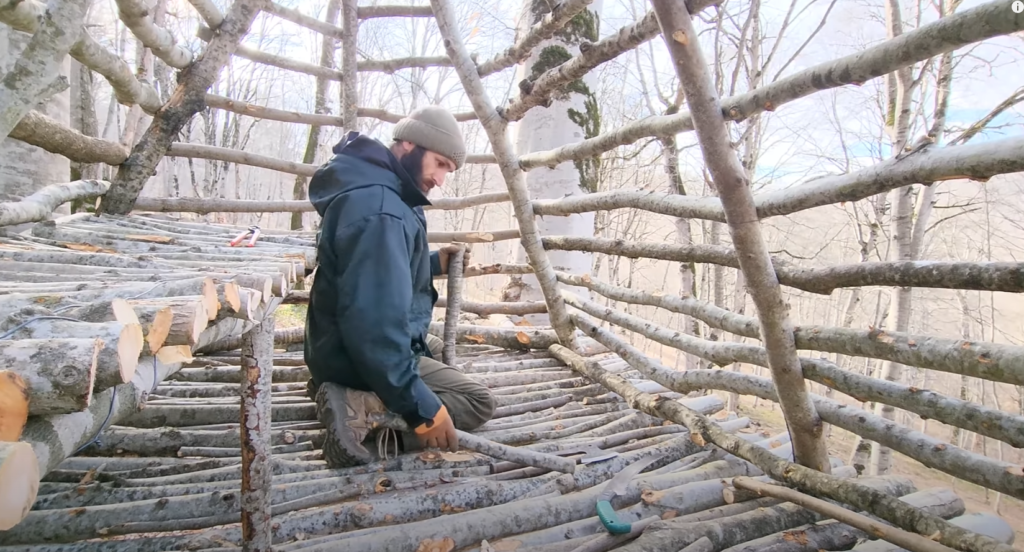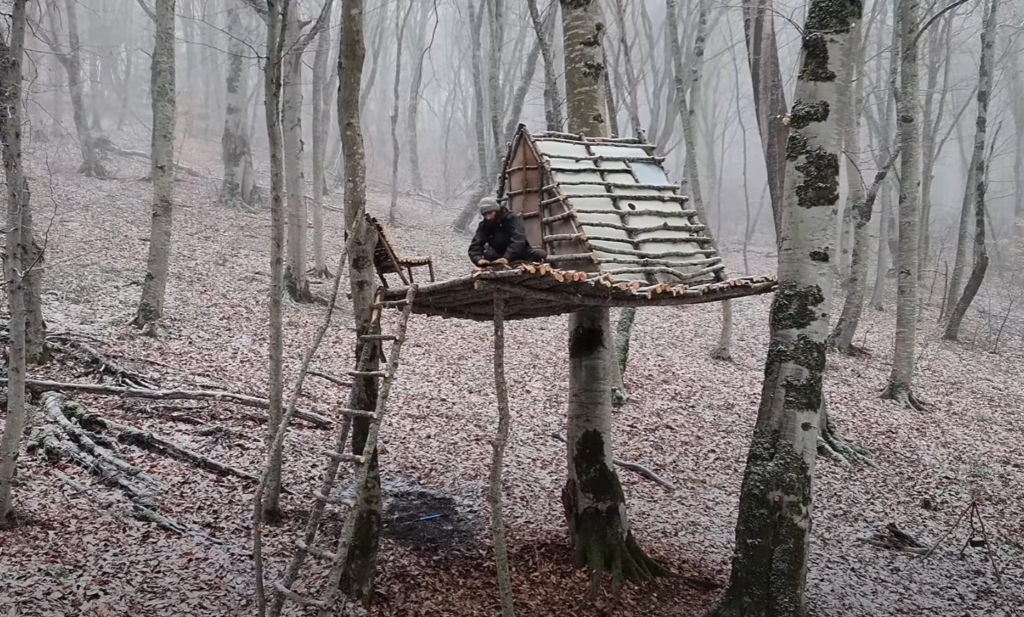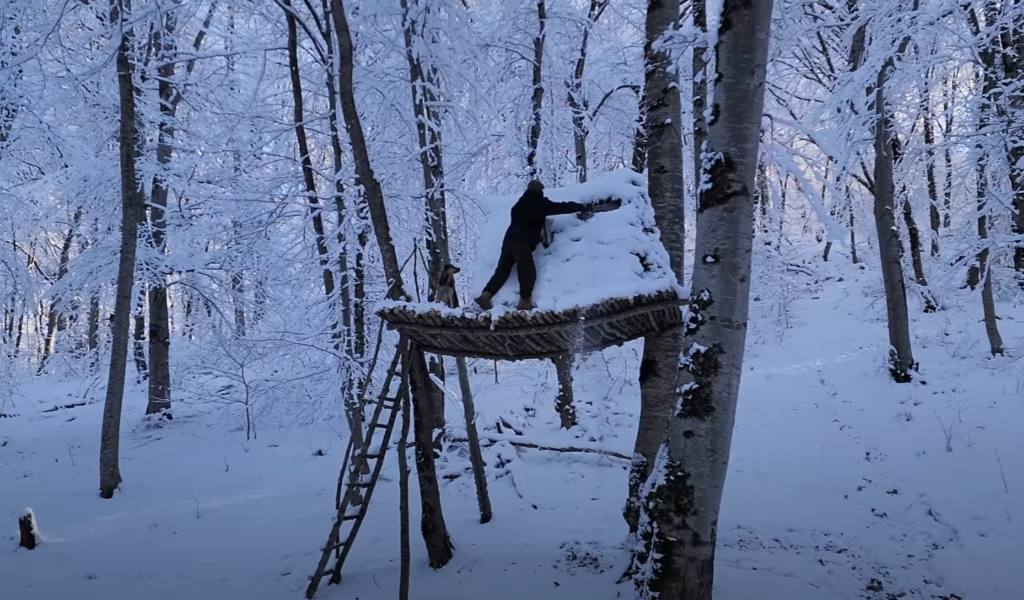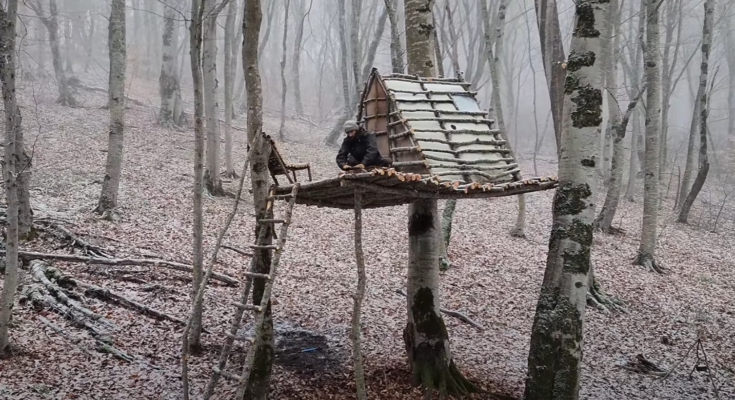When temperatures plummet and snow begins to fall, the wilderness becomes a relentless test of endurance and adaptability. Surviving in the wild during winter demands not only physical toughness but also strategic thinking and an intimate understanding of nature. One of the most critical skills in such conditions is the ability to construct a shelter using only what the natural environment provides.
Building a nature shelter in freezing weather is more than just a survival technique—it’s a challenge that tests your instincts, resourcefulness, and willpower. The goal is simple: protect your body from wind, snow, and biting cold to conserve precious body heat and stay alive.

The first step is selecting the right location. You want to avoid open fields where wind is strongest or low areas where cold air settles. Look for natural windbreaks like dense tree clusters or the leeward side of a hill. Avoid spots under dead trees or unstable branches, as snow accumulation can cause them to fall without warning.
Next, gather materials. In a winter environment, you won’t find leafy branches or green foliage, so you’ll rely on evergreen boughs, pine needles, sticks, logs, and snow itself. Snow, surprisingly, is a fantastic insulator. A quinzhee—a snow shelter made by hollowing out a packed snow mound—or a snow trench covered with branches can retain heat and shield you from wind.

If snow is limited, consider a lean-to or debris hut. These structures can be built by propping branches against a fallen log or large rock, then layering smaller twigs, pine boughs, and any available insulation like moss or dried grass. The key is to create a thick barrier between your body and the freezing air. A well-constructed shelter can trap body heat and raise the interior temperature significantly compared to the outside.
Fire is your next best friend. If you can safely build one near the entrance of your shelter, it not only provides warmth but also boosts morale—something that’s just as vital for survival as food and water. Reflective barriers made of wood or rock placed behind the fire can help direct heat back into the shelter.

It’s not easy—your hands may go numb, tools can freeze, and fatigue sets in fast in frigid air—but that’s the essence of the Winter Survival Challenge. You’re not just fighting the cold; you’re working with nature, adapting, and drawing on primal survival instincts.
This challenge isn’t just for hardcore adventurers or survivalists. Even spending a day trying it can give you a deep respect for nature and a greater understanding of what it takes to endure the wildest of winters. It’s a lesson in resilience, creativity, and the power of preparedness.
